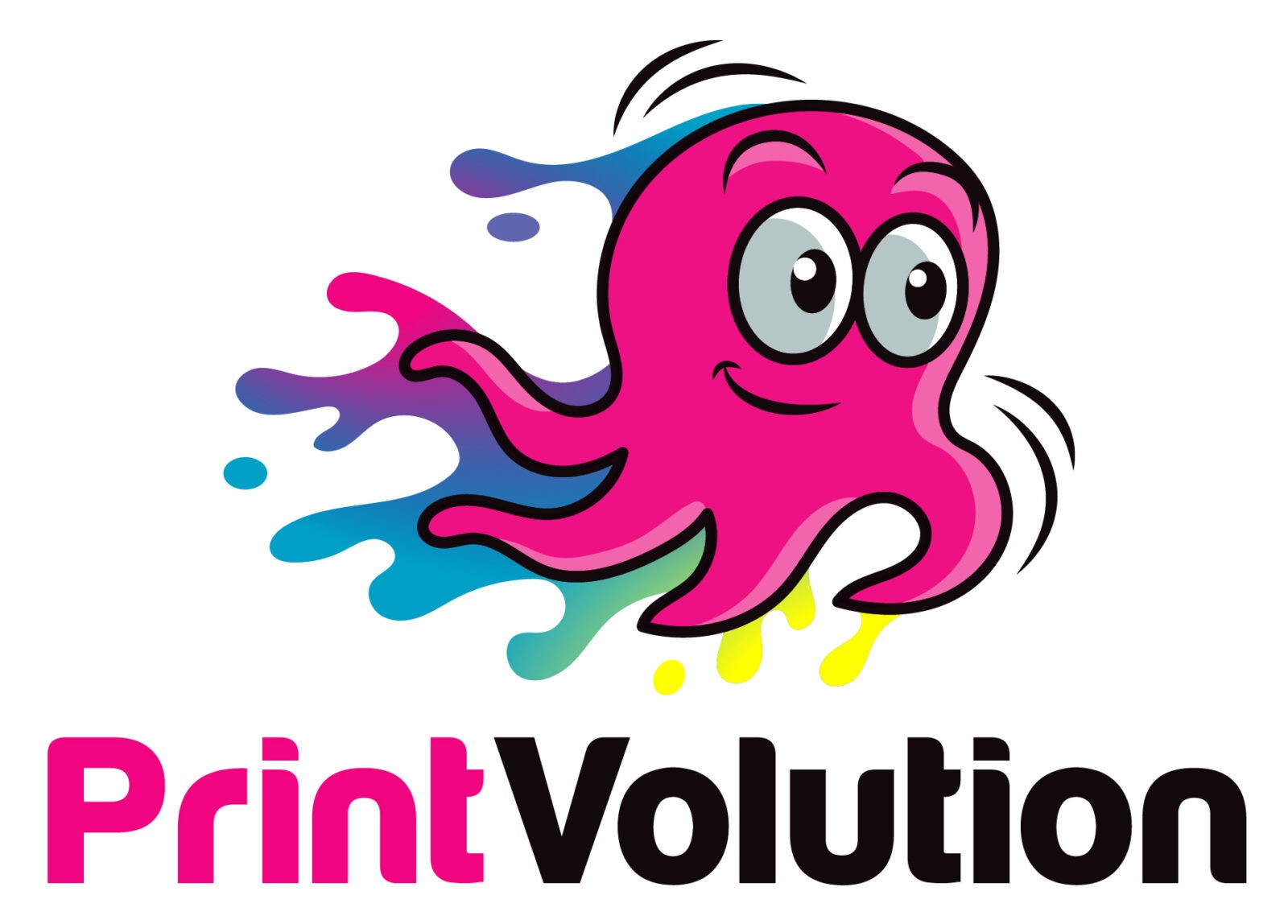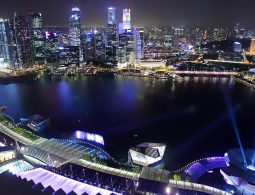No products in the cart.
A New Era in Printing
In an age where content and marketing dictate the rhythm of business growth, modern printing techniques have emerged as a formidable ally in unleashing creativity. Gone are the days when printing was merely a means to transfer text and images onto paper. Today, innovative technologies and methods have redefined the printing landscape, enabling businesses and individual creators to express their visions like never before.
Consequently, this transformation has paved the way for unique marketing opportunities. By harnessing the power of modern printing techniques, companies can create stunning visual content that resonates deeply with their target audiences. This blog post will explore the various dimensions of contemporary printing, from its impact on design to its role in content marketing.
The Evolution of Printing Techniques
In the past, printing was primarily limited to traditional methods such as lithography and letterpress. However, the emergence of digital printing has revolutionized the industry. Digital printing techniques allow for high-quality prints in shorter timeframes, making them ideal for on-demand projects. Moreover, this flexibility has made it possible for businesses to experiment with designs and formats without incurring prohibitive costs.
Furthermore, the evolution of printing techniques encompasses not only digital printing but also advancements in materials. For instance, the introduction of eco-friendly inks and sustainable materials has allowed companies to become more environmentally conscious. As a result, businesses can convey their commitment to sustainability through their printed content, further enhancing their marketing strategies.
Bridging the Gap Between Digital and Physical
As digital content continues to dominate the marketing landscape, the fusion of digital and physical printing techniques has transformed how brands interact with their customers. Many businesses now utilize augmented reality (AR) in their printed materials. By integrating AR technology, companies can create interactive experiences that engage customers on a deeper level.
Moreover, this seamless connection between digital and physical realms encourages consumers to explore content in new ways. For instance, when a customer scans a printed advertisement with their smartphone, they gain access to videos, special offers, and additional information, bridging the gap between the tangible and the virtual. By leveraging such innovative printing techniques, brands can create a more immersive marketing experience.
Personalization as a Game Changer
In today’s fast-paced market, personalized content has become essential for effective marketing. Modern printing techniques facilitate this trend by enabling brands to create tailored materials for their target audience. For instance, variable data printing allows businesses to customize each piece of content based on demographic or behavioral data, thus enhancing the relevance of their marketing campaigns.
Moreover, personalization can extend beyond just names and addresses. Businesses can adjust colors, images, and text to align with individual preferences. This level of customization increases engagement, driving higher conversion rates. As a result, the power of modern printing techniques lies in their ability to transform generic content into a personalized customer experience.
Techniques that Inspire Creativity
Modern printing techniques inspire creativity in countless ways. Techniques such as 3D printing enable designers and marketers to create tangible prototypes that embody innovative concepts. By transforming digital designs into physical objects, marketers can showcase products in a compelling manner, enhancing their storytelling capabilities.
Additionally, unique printing methods like letterpress, screen printing, and foil stamping allow for distinct textures and finishes that elevate a brand’s visual identity. When marketers explore these creative avenues, they can craft content that stands out in a saturated market. The integration of these techniques fosters innovation, challenging the norms of traditional marketing practices.
The Role of Color and Design
Color and design are pivotal elements in marketing. Modern printing techniques provide advertisers with the tools needed to bring their color palettes and designs to life with precision. Advanced color management systems enable brands to achieve accurate reproductions of their designs, maintaining consistency across different platforms.
Furthermore, the variety of printing methods available allows marketers to deliver their messages in visually captivating ways. Techniques such as gradient printing or metallic finishes can add depth and sophistication to promotional materials. By investing in high-quality printed content, companies can elevate their branding and create strong visual associations with their products.
Expanding the Horizons of Content Creation
As digital marketing evolves, the demand for diverse content formats continues to grow. Modern printing techniques facilitate this expansion by enabling businesses to produce various materials, such as brochures, banners, packaging, and even functional art pieces. This multifaceted approach allows brands to tailor their communications to different platforms and audiences.
Moreover, by diversifying their content, marketers can tap into various customer preferences and behaviors. For example, while some consumers prefer reading detailed brochures, others might respond better to visually striking posters. By leveraging modern printing techniques, brands can create a cohesive yet diverse content strategy that maximizes their reach and effectiveness.
Sustainable Printing Practices
As corporations worldwide are becoming increasingly aware of their environmental impact, sustainable printing practices have gained momentum. Technologies such as digital printing often require less energy and fewer resources than traditional printing methods. Moreover, advancements in biodegradable materials mean that printed content can be eco-friendly without sacrificing quality.
Additionally, businesses can adopt strategies such as print-on-demand, reducing waste generated from overproduction. This sustainable approach not only appeals to environmentally conscious consumers but also enhances brand reputation. By prioritizing sustainability in their printing practices, brands can align their values with those of their customers, fostering loyalty and trust.
Measuring the Impact of Printed Content
To understand the effectiveness of modern printing techniques, businesses must continuously measure the impact of their printed materials. Utilizing metrics such as response rates, engagement levels, and conversion rates can provide valuable insights into how well a campaign is performing. This data-driven approach enables marketers to refine their strategies, ensuring that they capture their audience’s attention.
Moreover, feedback from customers regarding the aesthetic appeal and usability of printed content can inform future design choices. By adopting a proactive approach to measurement and analysis, businesses can maximize the effectiveness of their printed marketing operations.
The Future of Modern Printing Techniques
Looking ahead, the future of modern printing techniques promises even more innovative possibilities. Technologies such as artificial intelligence (AI) and machine learning are set to further refine the print design process, making it easier for marketers to create personalized and engaging content.
Moreover, as the demand for sustainable practices continues to rise, the printing industry will likely innovate further to meet these evolving needs. From advanced eco-friendly inks to on-demand production, the future holds immense potential for brands willing to embrace change. By staying ahead of the curve, businesses can continue to capitalize on the transformative power of modern printing techniques.
Embrace the Power of Modern Printing
In summary, the transformative power of modern printing techniques cannot be underestimated. As businesses navigate the complexities of content and marketing, these techniques offer a pathway to enhanced creativity, engagement, and sustainability. By embracing innovative printing methods, brands can elevate their marketing strategies, capture customers’ attention, and ultimately drive growth.
As we move forward in this dynamic landscape, it is vital for businesses to harness the potential of modern printing techniques. Not only can they create visually captivating content, but they can also tell compelling stories that resonate with audiences. The future of printing is bright, and it is time to unleash creativity in ways previously thought impossible.











